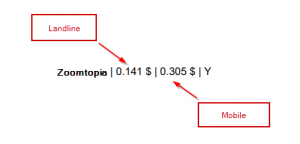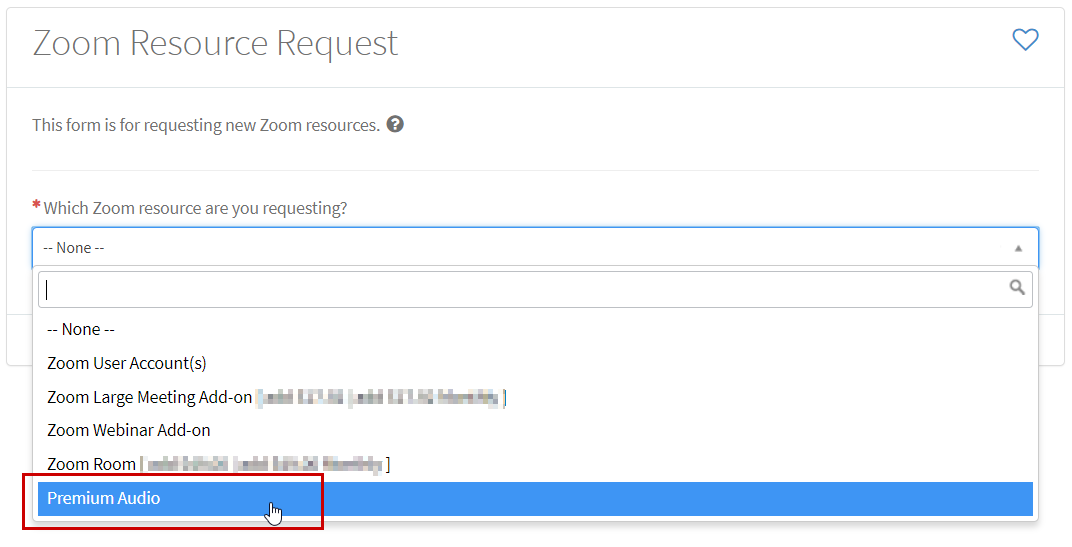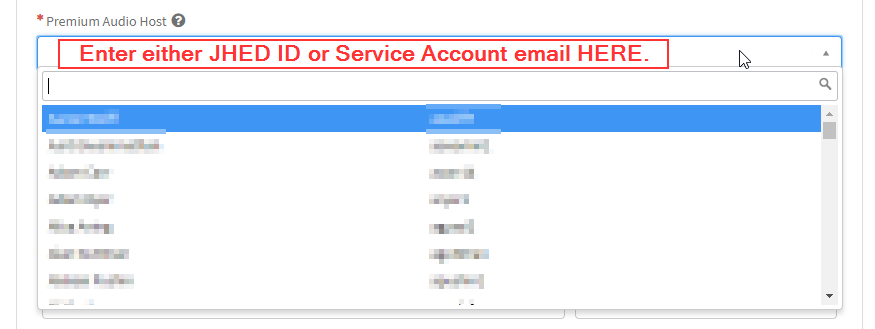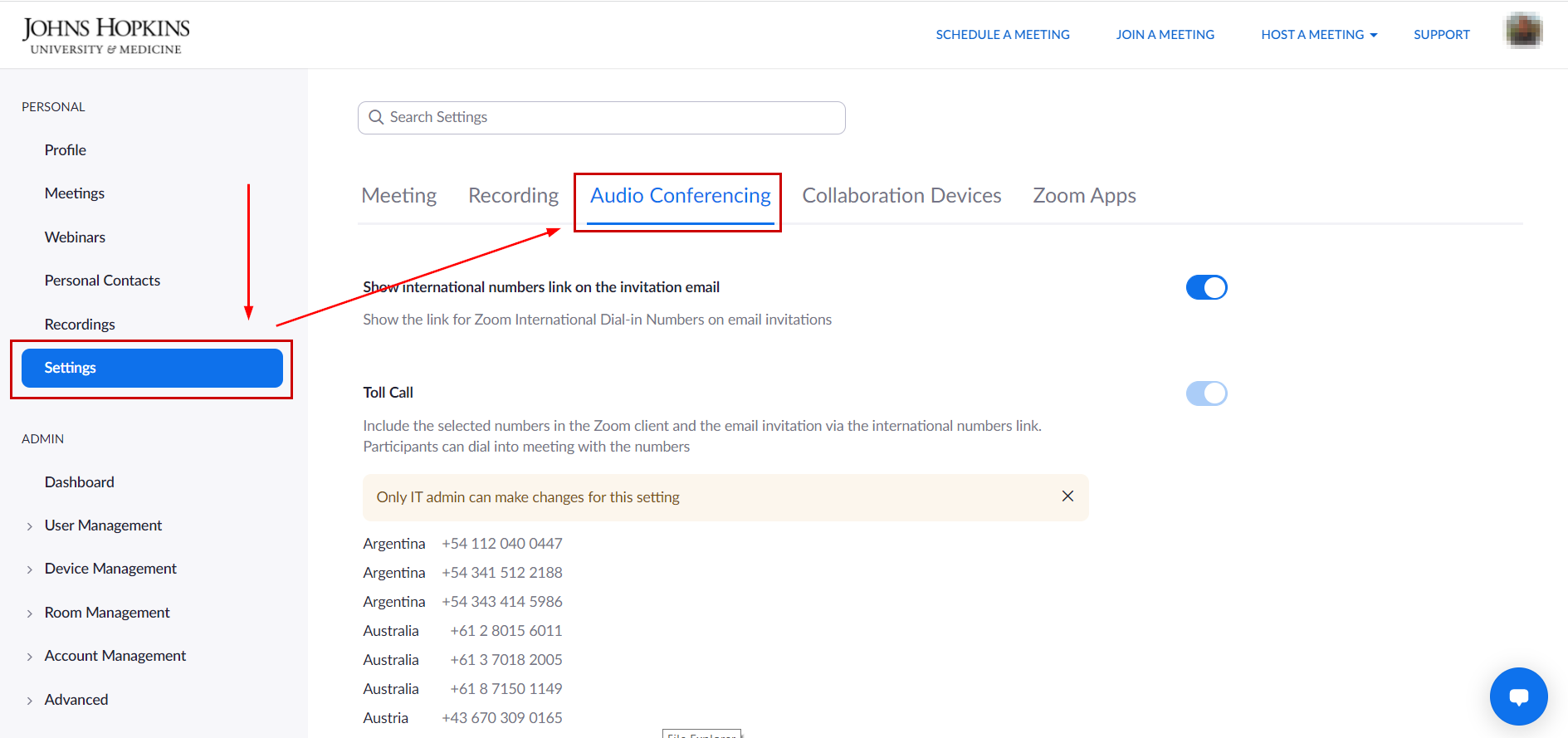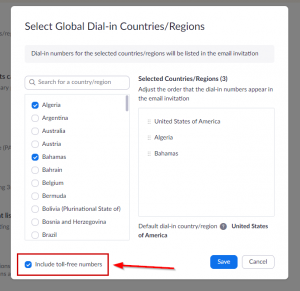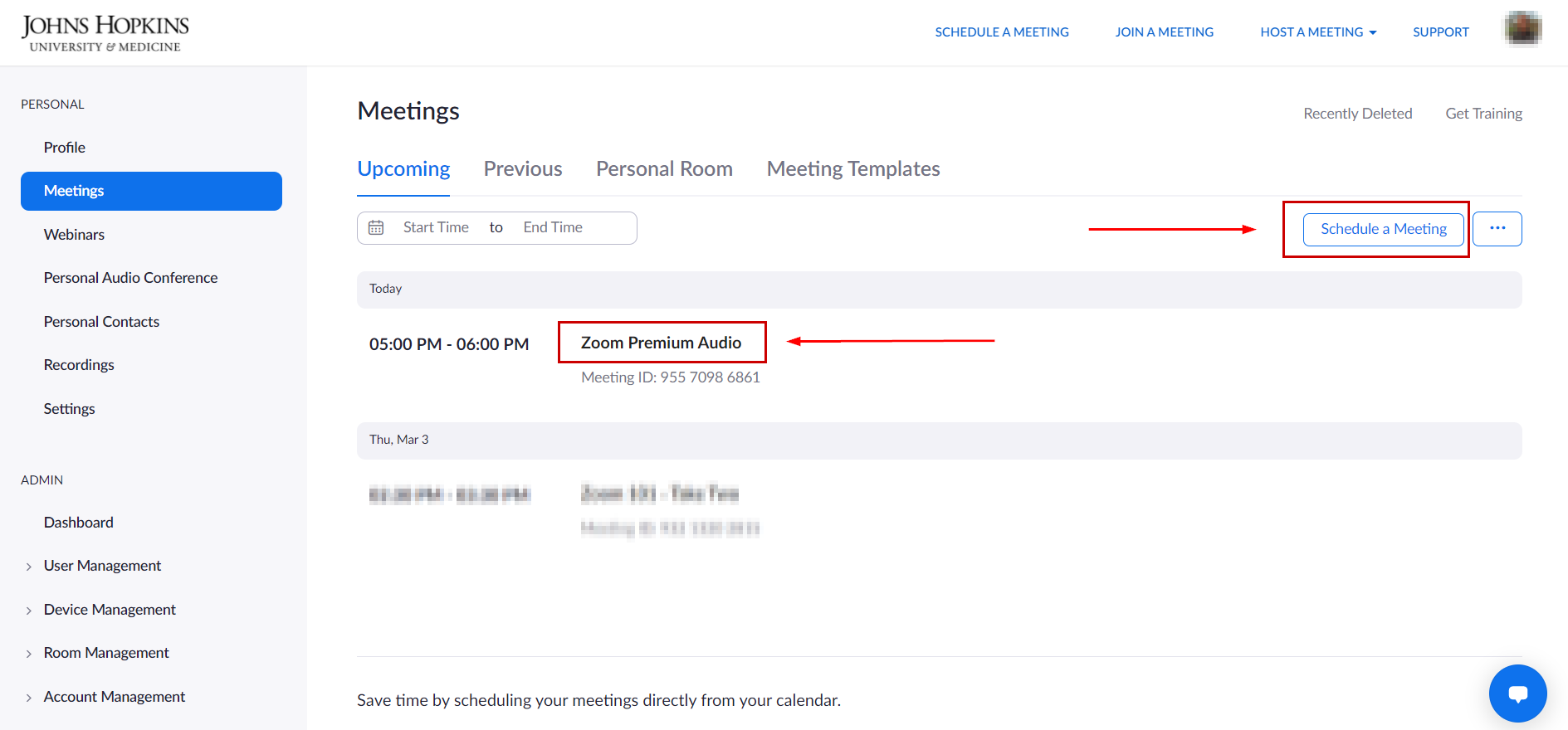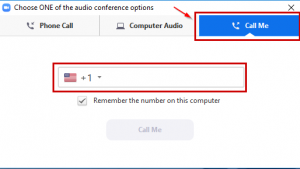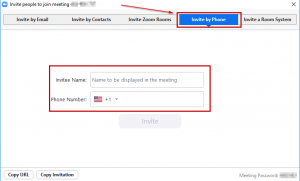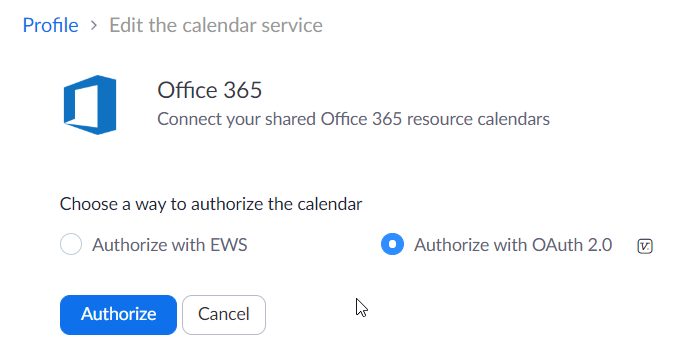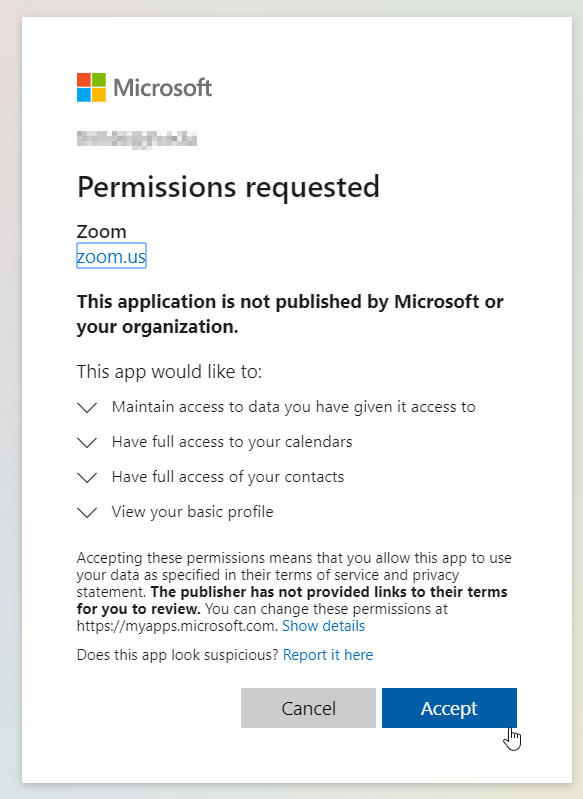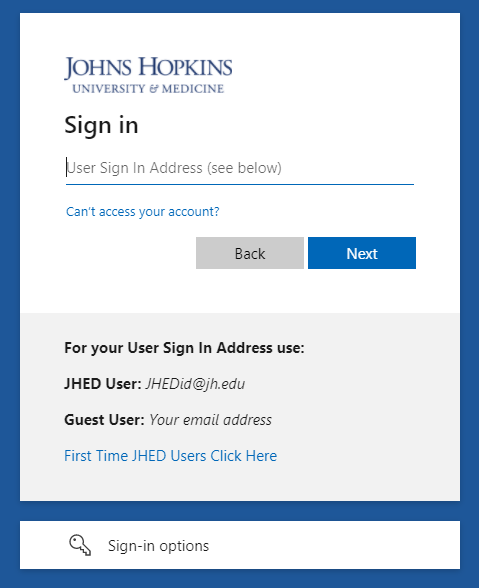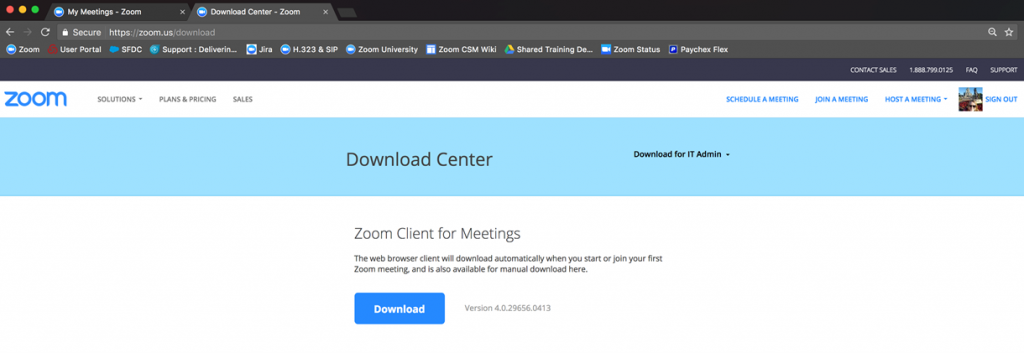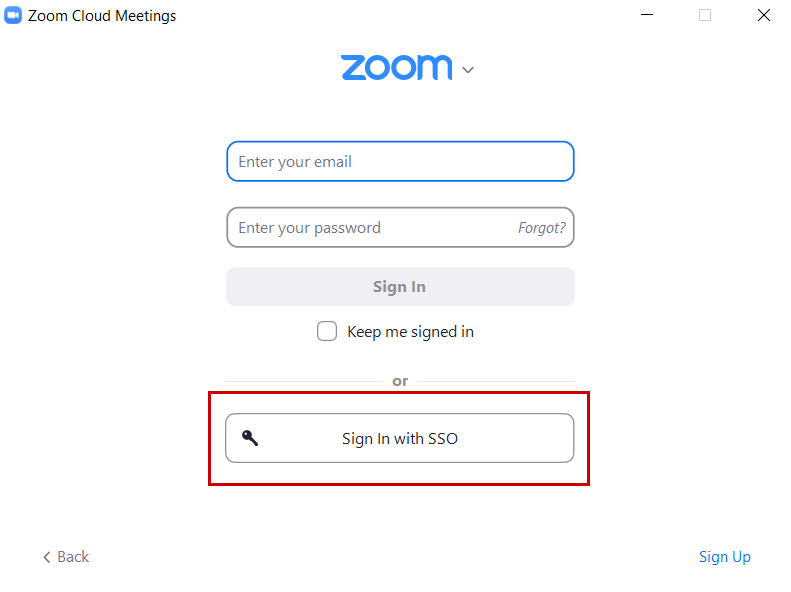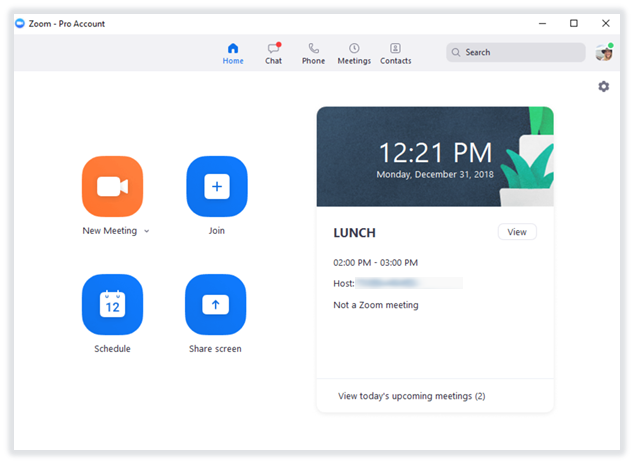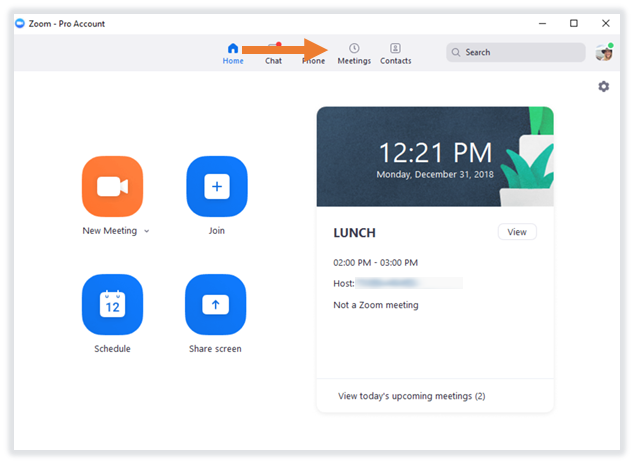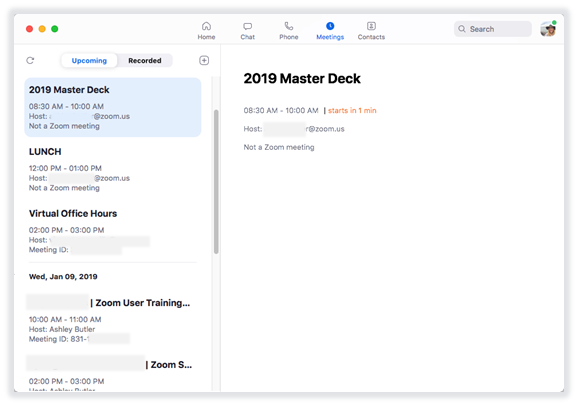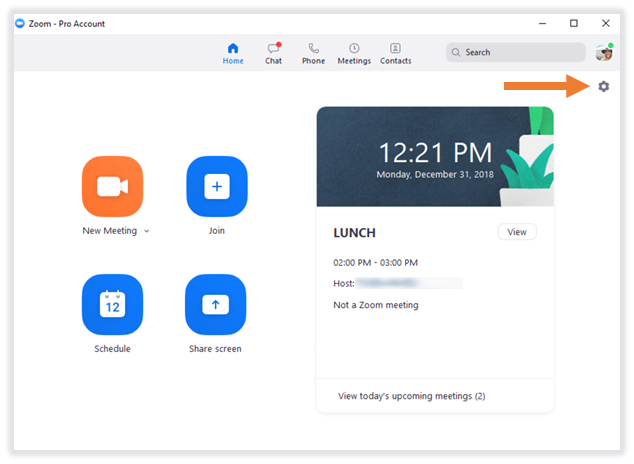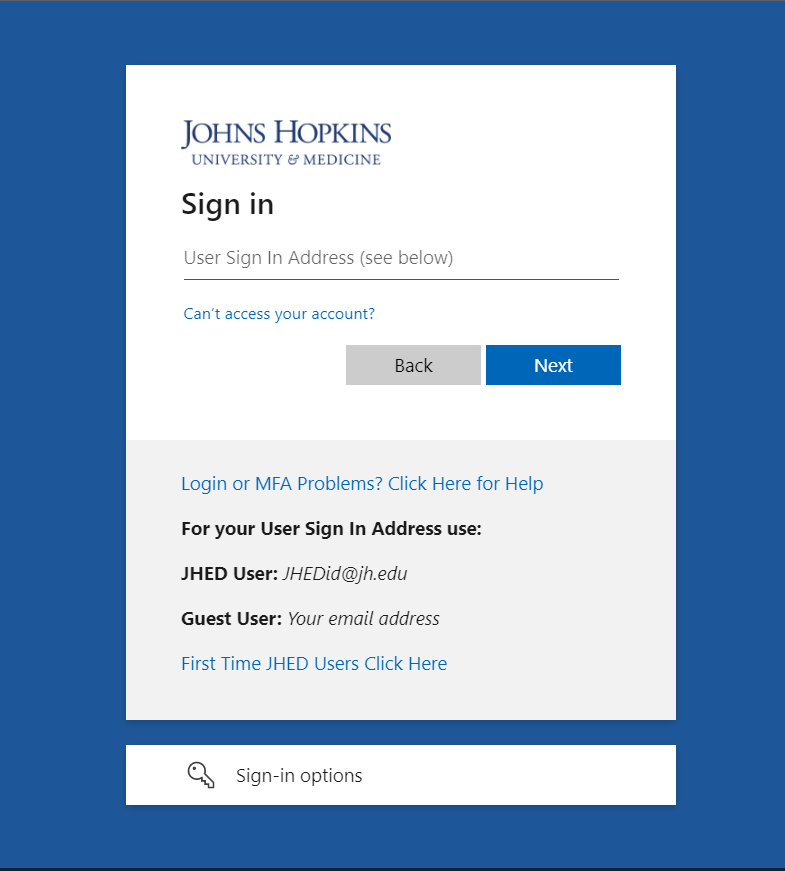Zoom provides an excellent FAQ. For more Johns Hopkins-specific questions, see below:
Account Management
Q: How do I get a Zoom Account?
A: Students will automatically obtain a licensed Zoom account free of charge when they log in for the first time. To access your account, go to https://jhubluejays.zoom.us/ and log in with your JHED credentials. When logging in to the desktop client, please select “Login with SSO” and enter the domain as “jhubluejays”. You can learn more about Zoom viewing the user guides and short video tutorials on Zoom’s support page.
Q: When will we have to switch to Zoom? What’s the timeline?
A: Adobe Connect has been retired as of December 2, 2019. See Transitioning from Adobe Connect for more information.
Q: I have graduated from Johns Hopkins and I am no longer a student. Do I still have access to my Zoom account?
A: Once you have graduated from the University and your JHED ID no longer has a Student affiliation, your Zoom account becomes inactive.
- If you are currently a faculty or staff member at Johns Hopkins and are no longer a student, please review the Faculty and Staff Zoom Support by School/Division page for the appropriate contact/support email to request a faculty/staff account.
- If you are not affiliated with one of the Schools or Divisions above, please visit the IT Services Catalog and complete the Zoom Resource Request form to create an account.
Cloud Recording
Q: I have lost my Cloud Recording access. Who do I contact?
A: Please refer to the Requesting Access section of the Guide to Cloud Recording for Students for the appropriate divisional contact to request access. In your request, you should include your name, role within the division, and reason for needing Cloud Recording access. A staff member within the division will then contact you.
Q: I am a TA. Do I automatically have access to Cloud Recording?
A: No, not all TAs are granted Cloud Recording access. Please refer to the Requesting Access section of the Guide to Cloud Recording for Students for the appropriate divisional contact to request access.
Desktop Client
Q: How do I install the desktop client?
A: See our desktop client setup guide.
Q: Where can I find Johns Hopkins virtual backgrounds?
A: You can find Johns Hopkins virtual backgrounds on the JHU Facebook page.
Hosting
Q: Does enabling Join Before Host allow meeting participants to start without the host actually being present?
A: Meeting participants will be able to talk, but the host is required for many meeting controls, such as screen-sharing and recording. See Join Before Host for more details.
While there are no limitations on how a user can schedule meetings, their back-to-back and concurrent meetings can be disrupted prematurely if they are configured to allow Join Before Host, as the first participant to join the meeting can start the meeting, which would end the existing meeting.
Q: What is an Alternative Host?
A: You can designate another licensed Zoom user as an Alternative Host for your meeting. This will allow the other user to start and host the meeting in your stead.
Q: What is the Scheduling Privilege?
A: You can assign another licensed Zoom user the Scheduling Privilege. This will allow the other user to schedule meetings on your behalf.
Joining a Meeting
Q: Do users joining a meeting need to download the Zoom client?
A: While we recommend using the desktop client for the best in-meeting experience, it is not required to join a meeting as you can join directly from a browser. Optionally, meeting hosts can choose to make it easier for participants to join from your browser by enabling “Join from your browser” option on their meeting settings.
Q: Are there any recommended best practices when hosting a meeting?
A: See below for before and during meeting best practices.
Before the Meeting:
- Test your Audio and Video
- Have the content you intend to share prepared ahead of time
- Close applications that have pop ups
During the Meeting:
- Mute your microphone if others are presenting/speaking
- Use Gallery View for group/team meetings
- Share your screen
- Share specific applications to control displayed content
- Use “New Share” to seamlessly transition between shared applications
- Use the Annotation feature to grab and direct attention
When using your Camera:
- Position your webcam at eye level or higher – experiment for best angles
- Use the gestures and mannerisms that you would typically use in person
- Make eye contact – try to look at your webcam as often as possible
Meetings
Q: Do I need a Zoom account to join a meeting?
A: No, you are not required to sign in to join the meeting. You may see a message if you try to sign in to Zoom before joining the meeting. When your Zoom client opens, if you’re not connected to the meeting immediately, please select the join meeting option and paste in the meeting ID (the last 9-10 numbers in the meeting URL).
Meeting Settings & Controls
Q: If an instructors shares a PowerPoint slide show (which would be full screen), is the zoom toolbar still accessible or would the instructor have to exit out of the slideshow to access the toolbar?
A: The toolbar is always accessible but if you don’t set it to always show control bar, it will disappear/hide and you will need to locate again.
Q: When I schedule a meeting it makes an arbitrary meeting name. How do I get it to reflect my customized link?
A: The customized meeting link only applies to your personal meeting room (or PMI). Here’s an article that provides a better explanation of this. If you want to schedule a meeting that uses your PMI, then you can use the personalized meeting link. You may want to review the previous link and also this link for other options when scheduling a meeting.
Recording
Q: Can I record to the cloud?
A: No, but you can record locally.
Q: Can a meeting be recorded without the host?
A: By default, only the host can initiate a Local Recording. If another participant would like to record, the host will need to provide permission to that participant during the meeting. The host will need to join the meeting to give the other participant recording permission, or set the participant up as an alternative host. If the host can record to the cloud, then they can also Enable automatic Cloud Recording for the meeting. For more information, see Recording without the Host.
Q: How do I change what I see in a recording?
A: You can record the meeting in different layouts including active speaker, gallery view, and shared screen.
Training
Q: Will there be training and tutorials?
A: Check out our Zoom Help Page for training and tutorials. If you don’t see what you’re looking for, please check out Zoom’s help site.

